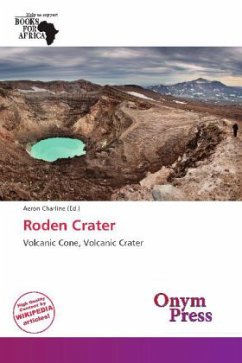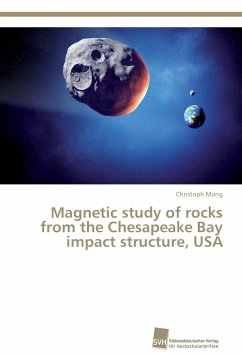
Odysseus (crater)
Versandkostenfrei!
Versandfertig in 6-10 Tagen
19,99 €
inkl. MwSt.

PAYBACK Punkte
10 °P sammeln!
High Quality Content by WIKIPEDIA articles! Odysseus is the largest crater on Saturn's moon Tethys. It is 445 km across, more than 2/5 of the moon's diameter. It is situated in the leading hemisphere of the moon the latitude and longitude of its center are 32.8° and 128.9°, respectively. It is named after the Greek hero Odysseus. Odysseus is a very shallow crater. Its floor lies approximately 3 km below the mean radius, while its exterior rim is about 5 above the mean radius the relief of 6 9 km is not very high for such a large crater. The crater must have originally been deep, with a high ...
High Quality Content by WIKIPEDIA articles! Odysseus is the largest crater on Saturn's moon Tethys. It is 445 km across, more than 2/5 of the moon's diameter. It is situated in the leading hemisphere of the moon the latitude and longitude of its center are 32.8° and 128.9°, respectively. It is named after the Greek hero Odysseus. Odysseus is a very shallow crater. Its floor lies approximately 3 km below the mean radius, while its exterior rim is about 5 above the mean radius the relief of 6 9 km is not very high for such a large crater. The crater must have originally been deep, with a high mountainous rim and towering central peak. Over time the crater floor has relaxed to the spherical shape of the Tethys's surface, and the crater's rim and central peak have collapsed (similar relaxation is apparent on Jupiter's moons Callisto and Ganymede). This indicates that at the time of the Odysseus impact, Tethys must have been sufficiently warm and malleable to allow the topography to collapse; its interior may have even been liquid.












